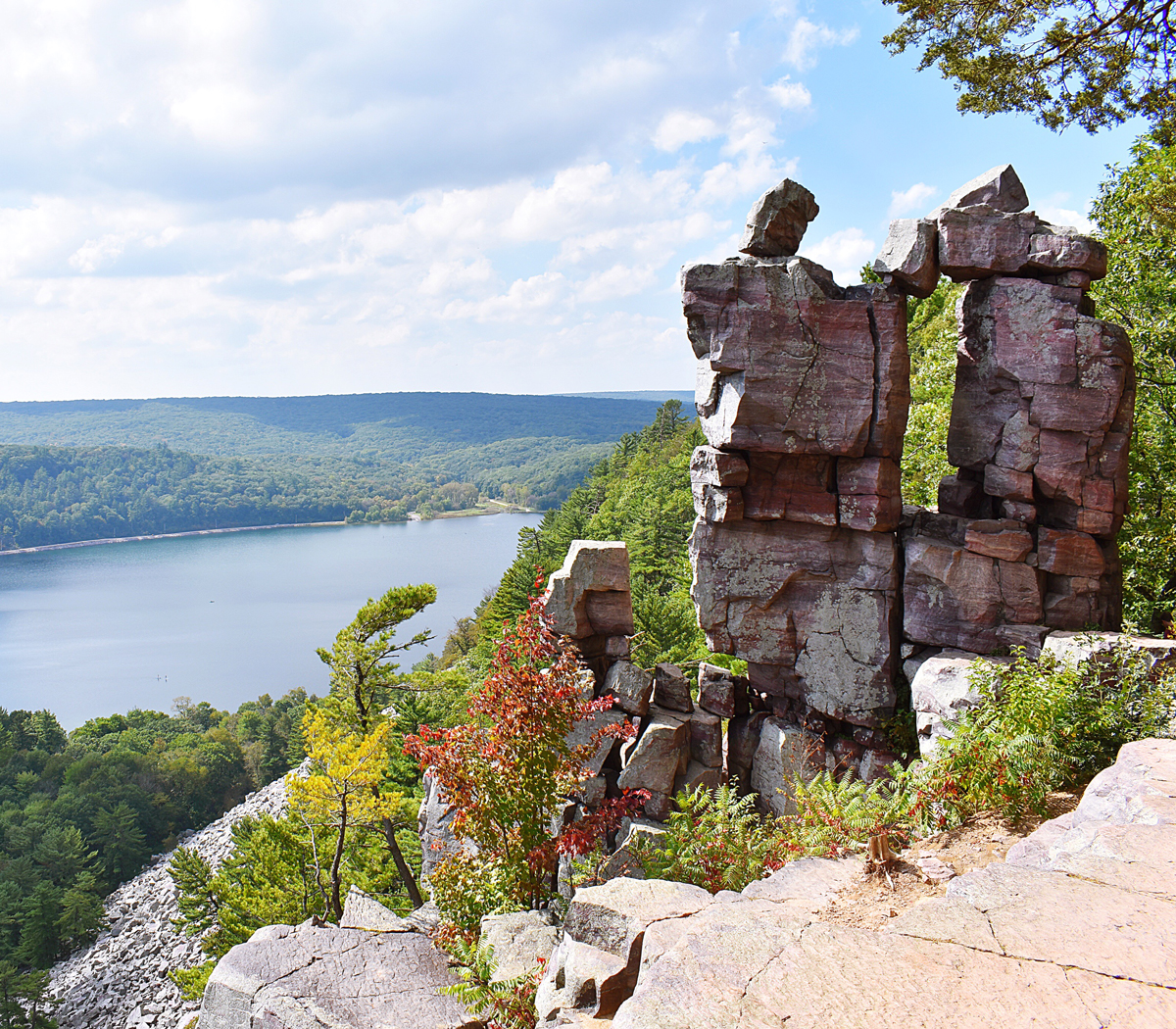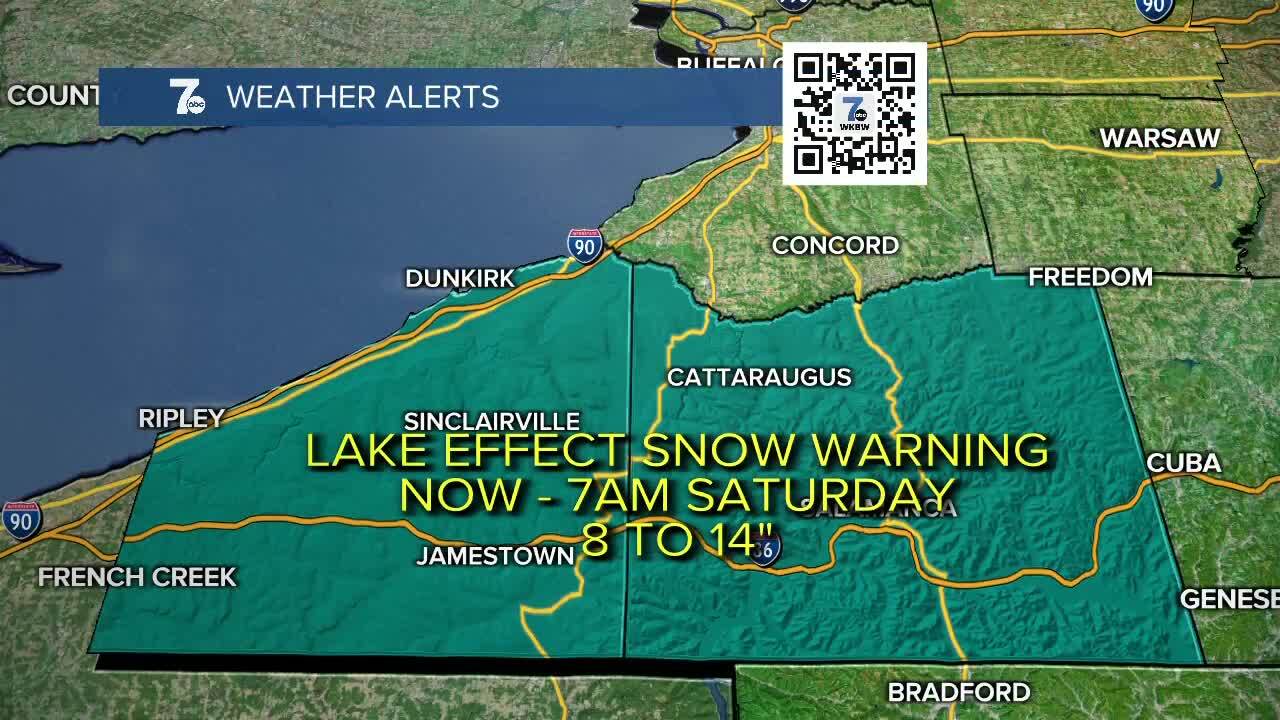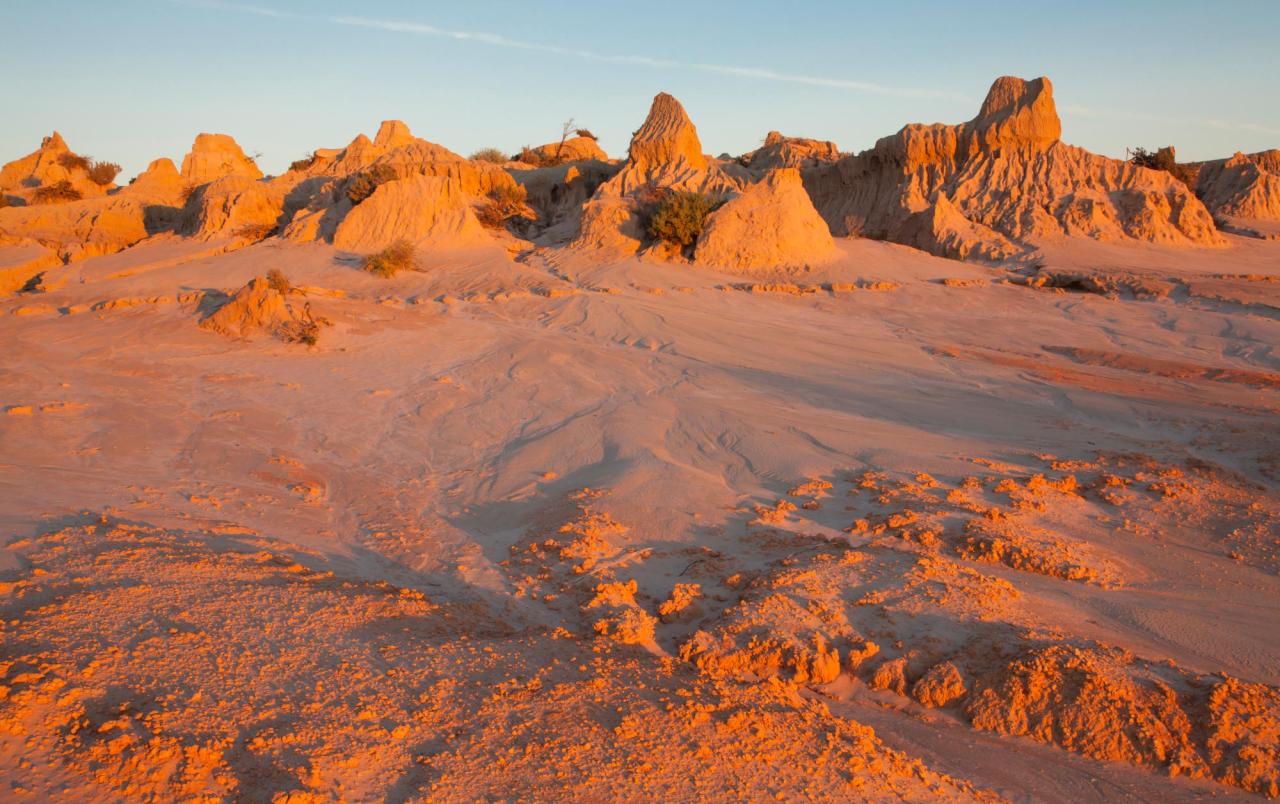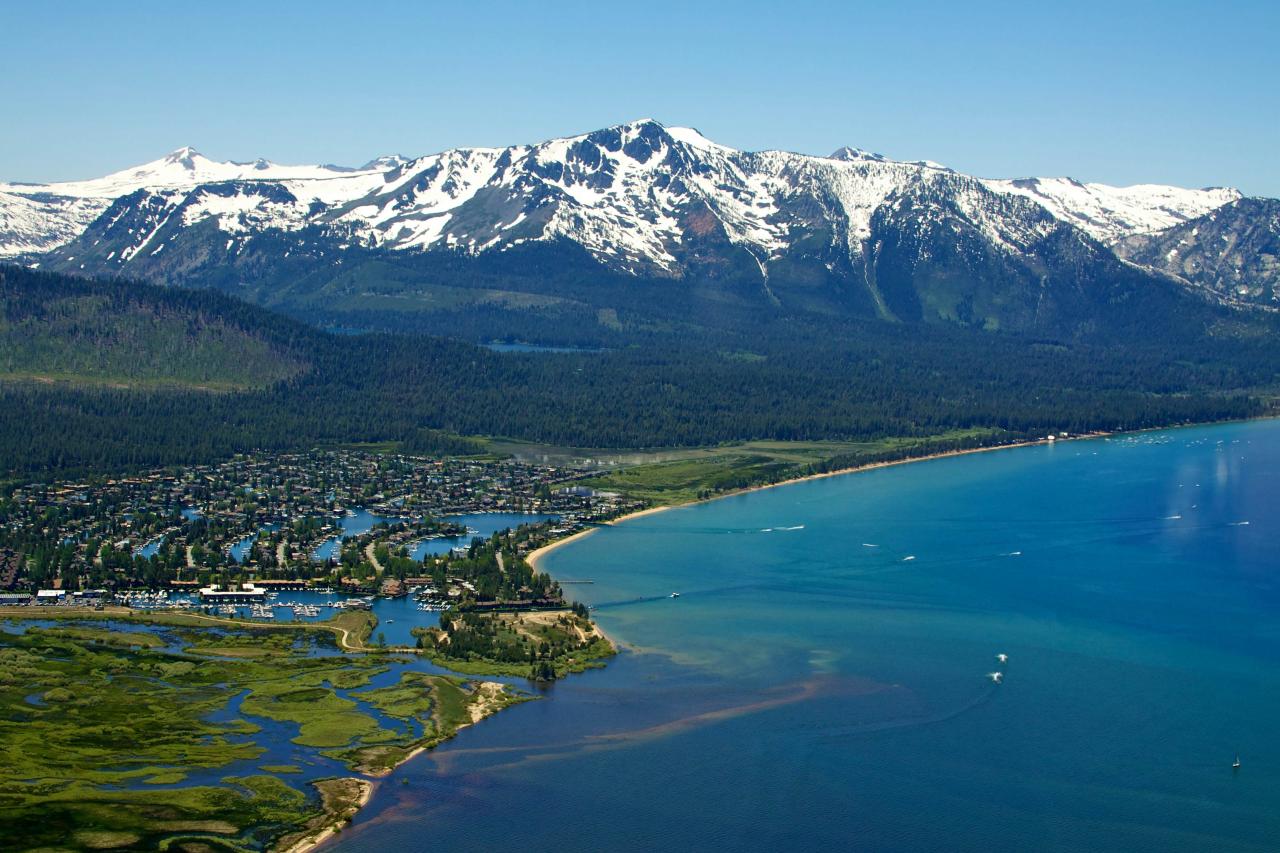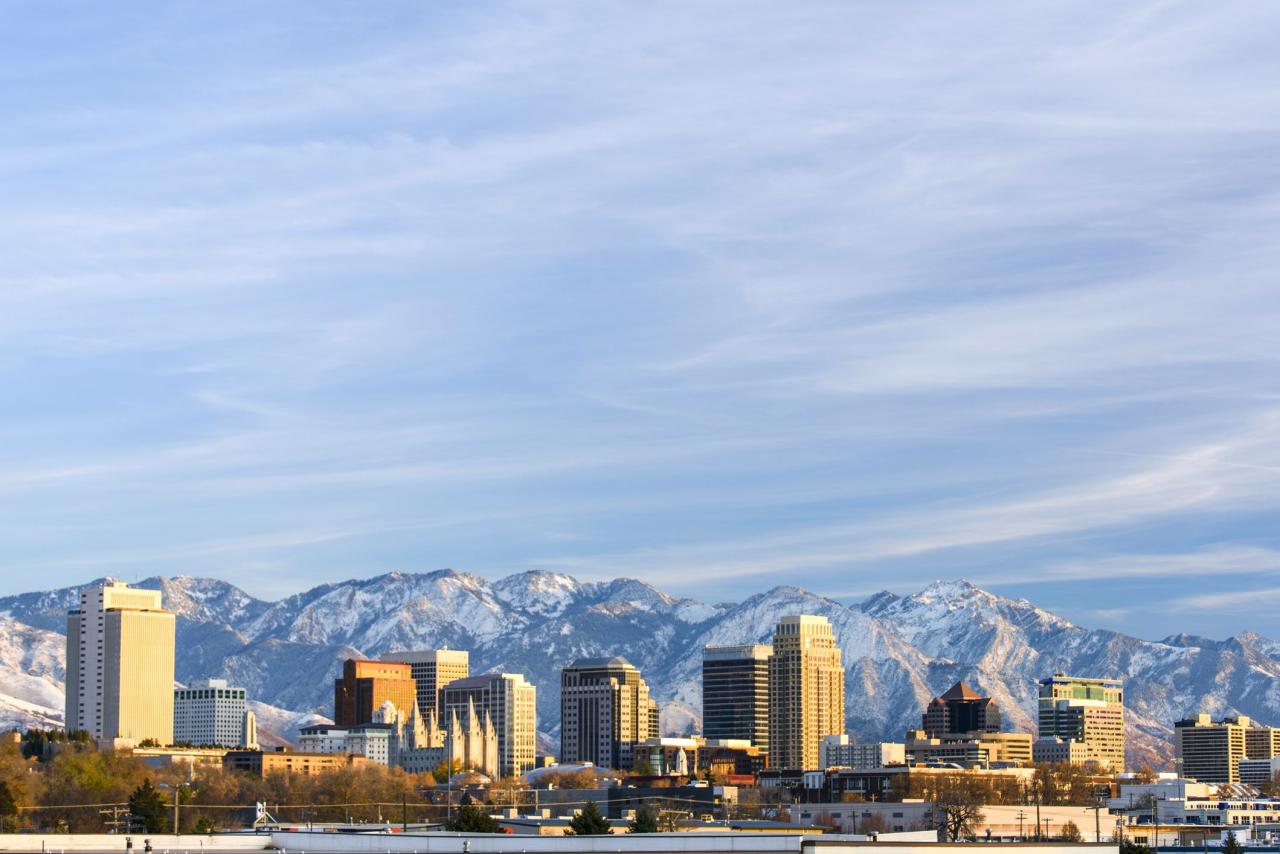Flathead Lake, nestled amidst the majestic mountains of Montana, is a breathtaking natural wonder. This glacial lake, the largest west of the Mississippi River, boasts crystal-clear waters teeming with life and offers stunning scenery that draws visitors from far and wide.
From its rich history to its vibrant ecosystem and recreational opportunities, Flathead Lake offers a unique and captivating experience for all.
Formed over thousands of years by glacial activity, Flathead Lake boasts a diverse and thriving ecosystem. It’s home to a variety of fish species, including the iconic bull trout, and serves as a crucial habitat for migratory birds. However, like many natural treasures, Flathead Lake faces challenges from human activity, highlighting the importance of conservation efforts to ensure its pristine beauty for future generations.
Flathead Lake Geography
Flathead Lake is the largest natural freshwater lake west of the Mississippi River, nestled in the heart of northwestern Montana. This pristine body of water is a defining feature of the state’s landscape, captivating visitors with its breathtaking beauty and diverse ecosystem.
Formation and Geological History
Flathead Lake was formed during the Pleistocene Epoch, when glaciers carved out the valley and deposited sediment that created the lake basin. The retreating glaciers left behind a massive amount of glacial till, which formed the fertile soils that support the diverse flora and fauna of the region.
The lake’s unique geological history is evident in its distinctive shoreline, featuring towering cliffs, sandy beaches, and forested islands.
Size and Depth
Flathead Lake spans over 200 square miles, making it one of the largest lakes in the United States. Its average depth is approximately 200 feet, with a maximum depth exceeding 370 feet in some areas. The lake’s vast size and depth contribute to its rich biodiversity and provide a unique habitat for a wide variety of aquatic life.
Surrounding Mountains and Landscapes
Flathead Lake is surrounded by the majestic peaks of the Rocky Mountains, including the Mission Mountains to the west and the Swan Mountains to the east. These towering peaks provide a stunning backdrop for the lake, offering panoramic views and opportunities for hiking, camping, and exploring the surrounding wilderness.
The lake’s shoreline is also characterized by numerous bays, inlets, and islands, adding to its scenic beauty and creating diverse habitats for wildlife.
Flathead Lake Ecology
Flathead Lake’s unique ecosystem is a testament to its geological history and the surrounding environment. The lake’s cold, clear waters support a diverse array of aquatic life, making it a haven for both native and introduced species.
Fish Species
Flathead Lake is renowned for its excellent fishing opportunities, attracting anglers from across the country. The lake is home to a variety of fish species, including:
- Cutthroat trout:The lake’s native trout species, known for their vibrant coloration and fighting spirit.
- Kokanee salmon:A landlocked salmon species that thrives in the lake’s cool waters.
- Bull trout:A threatened species that inhabits the lake’s cold, clear tributaries.
- Lake trout:A predatory fish that plays a crucial role in maintaining the lake’s ecosystem.
- Walleye:A popular game fish known for its flavorful flesh.
- Yellow perch:A smaller, schooling fish that provides food for larger predators.
Migratory Birds
Flathead Lake is a vital stopover point for migratory birds, offering a rich source of food and shelter during their long journeys. The lake’s shallows, marshes, and surrounding wetlands provide ideal habitats for a variety of waterfowl, including ducks, geese, and swans.
The lake’s shores are also home to numerous species of shorebirds, such as sandpipers and plovers, that feed on insects and crustaceans along the shoreline.
Lake Huron is the second largest of the Great Lakes, and it’s a popular destination for swimming, fishing, and boating. If you’re looking for a place to enjoy the beauty of nature, you should definitely check out Lake Huron.
It’s a truly breathtaking sight.
Human Impact
While Flathead Lake is a pristine natural treasure, human activities have had a significant impact on its ecosystem. Development, agriculture, and recreational use have all contributed to changes in the lake’s water quality, habitat, and wildlife populations. Conservation efforts are underway to mitigate these impacts and ensure the lake’s health and sustainability for future generations.
Flathead Lake Recreation
Flathead Lake offers a wide range of recreational opportunities, attracting visitors seeking outdoor adventures, relaxation, and scenic beauty. The lake’s pristine waters, surrounding mountains, and diverse landscapes provide endless possibilities for exploration and enjoyment.
Popular Activities
- Boating and Waterskiing:The lake’s vast size and calm waters provide ideal conditions for boating, waterskiing, and wakeboarding.
- Fishing:Flathead Lake is a renowned fishing destination, offering opportunities to catch a variety of species, from trout and salmon to walleye and perch.
- Swimming and Sunbathing:The lake’s sandy beaches and clear waters provide excellent opportunities for swimming, sunbathing, and enjoying the summer sun.
- Hiking and Biking:The surrounding mountains and forests offer numerous hiking and biking trails, ranging from easy strolls to challenging climbs.
- Camping and Picnicking:Several campgrounds and picnic areas are located along the lake’s shores, providing opportunities for overnight stays and enjoying the natural beauty of the area.
- Wildlife Viewing:Flathead Lake and its surrounding wetlands are home to a diverse array of wildlife, including birds, mammals, and fish. Visitors can enjoy wildlife viewing opportunities from boats, hiking trails, and observation points.
Tourism and Economic Impact
Flathead Lake is a major tourist destination, contributing significantly to the local economy. The lake’s recreational opportunities, scenic beauty, and surrounding attractions draw visitors from across the country and around the world. The tourism industry supports a variety of businesses, including hotels, restaurants, shops, and recreational outfitters.
Attractions and Activities
| Attraction | Activity |
|---|---|
| Flathead Lake State Park | Camping, hiking, fishing, swimming |
| Wild Horse Island State Park | Boating, hiking, wildlife viewing |
| Mission Mountains Wilderness | Hiking, backpacking, fishing |
| Swan River National Wildlife Refuge | Birdwatching, wildlife viewing, photography |
| Kalispell | Shopping, dining, cultural attractions |
Notable Landmarks and Scenic Viewpoints
- The Bigfork Bay:A picturesque bay known for its charming town and stunning views.
- The Flathead Lake Scenic Byway:A scenic drive that follows the lake’s shoreline, offering panoramic views and access to numerous attractions.
- The Mission Mountains:Towering peaks that provide breathtaking views of the lake and surrounding valleys.
- The Swan River:A scenic river that flows into Flathead Lake, offering opportunities for fishing, kayaking, and wildlife viewing.
- The Polson Bay:A large bay on the south end of the lake, known for its sandy beaches and boat launches.
Flathead Lake History
Flathead Lake has a rich history, shaped by the cultures of indigenous tribes, the arrival of European settlers, and the evolution of recreational activities. The lake’s unique location and natural resources have played a significant role in the development of the region.
Indigenous Tribes
For centuries, the Flathead Lake area was inhabited by indigenous tribes, including the Salish, Kootenai, and Blackfeet. These tribes relied on the lake’s resources for sustenance, using its waters for fishing, its shores for hunting, and its forests for gathering materials.
They developed a deep connection to the land and water, leaving behind a legacy of cultural traditions and stories that continue to resonate today.
Significance in Western History
Flathead Lake played a significant role in the history of the western United States, serving as a vital transportation route for early explorers and fur traders. The lake’s location on the edge of the Rocky Mountains made it a strategic point for accessing the vast wilderness beyond.
The Lewis and Clark Expedition traveled through the Flathead Lake area in 1805, documenting the region’s natural beauty and the cultures of the indigenous tribes.
Early European Settlements
European settlers began arriving in the Flathead Lake area in the mid-19th century, drawn by the region’s natural resources and potential for agriculture. The arrival of settlers led to changes in land use, resource management, and the relationship between humans and the environment.
The construction of roads, railroads, and settlements transformed the landscape, creating new opportunities for economic development but also leading to conflicts with indigenous tribes and environmental challenges.
Evolution of Recreation
Recreational activities at Flathead Lake have evolved over time, reflecting changing societal values and technological advancements. Early recreational activities focused on fishing, hunting, and exploring the wilderness. As transportation and leisure technology developed, new recreational opportunities emerged, including boating, waterskiing, camping, and wildlife viewing.
Today, Flathead Lake is a popular destination for a wide range of recreational activities, attracting visitors seeking both adventure and relaxation.
Flathead Lake Conservation
Flathead Lake is a valuable natural resource, facing a variety of environmental challenges. Conservation efforts are underway to protect the lake’s ecosystem, ensure its long-term health, and preserve its beauty for future generations.
Lake Huron is the second largest of the five Great Lakes in North America, and it’s known for its beautiful beaches and stunning sunsets. You can learn more about this amazing body of water by visiting the Lake Huron website, which provides information about its ecology, history, and recreation opportunities.
Environmental Challenges, Flathead lake
- Water Quality:Human activities, such as agriculture, development, and recreation, can contribute to water pollution, impacting the lake’s ecosystem and water quality.
- Habitat Loss:Development, shoreline alteration, and invasive species can lead to habitat loss for native fish and wildlife.
- Climate Change:Rising temperatures and changes in precipitation patterns can affect the lake’s water levels, water quality, and the health of its ecosystem.
- Invasive Species:The introduction of non-native species can disrupt the lake’s ecosystem, outcompeting native species and altering food webs.
Conservation Efforts
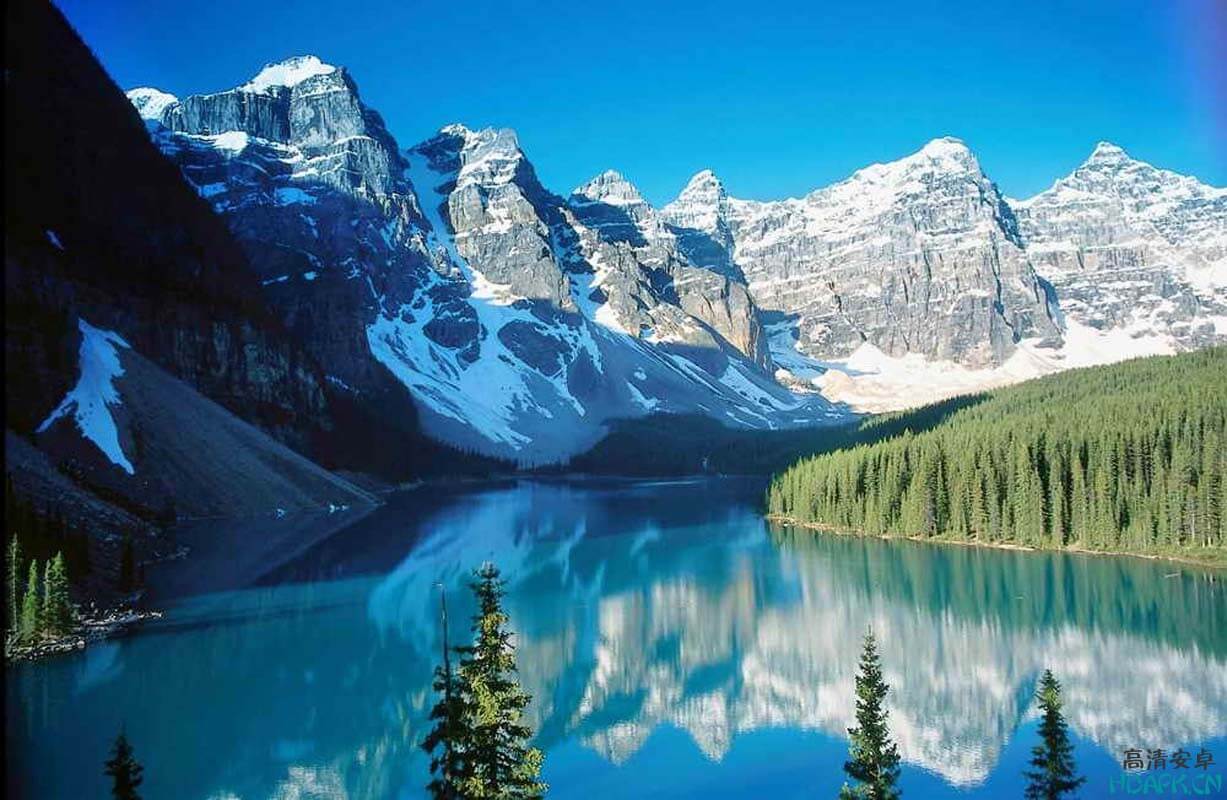
Numerous organizations and individuals are working to protect Flathead Lake’s ecosystem and ensure its sustainability. These efforts include:
- Water Quality Monitoring:Regular monitoring of water quality helps identify potential problems and track the effectiveness of conservation measures.
- Habitat Restoration:Projects to restore degraded habitats, such as wetlands and riparian areas, can improve the lake’s ecosystem and biodiversity.
- Invasive Species Management:Efforts to prevent the introduction and spread of invasive species help protect the lake’s native species and ecosystem.
- Education and Outreach:Public education and outreach programs raise awareness about the importance of conservation and encourage responsible use of the lake’s resources.
Conservation Organizations
- Flathead Lake Biological Station:A research facility dedicated to studying the lake’s ecosystem and developing conservation strategies.
- Flathead Lakers:A non-profit organization focused on protecting the lake’s water quality and promoting sustainable development.
- The Nature Conservancy:A global conservation organization that has protected significant areas around Flathead Lake.
- Montana Fish, Wildlife & Parks:The state agency responsible for managing the lake’s fisheries and wildlife resources.
Sustainable Tourism Practices
Sustainable tourism practices are crucial for minimizing the impact of tourism on Flathead Lake’s ecosystem. These practices include:
- Minimizing Waste:Reducing waste generation and properly disposing of waste helps protect the lake’s water quality and natural beauty.
- Conserving Water:Using water wisely, such as taking shorter showers and avoiding excessive watering, helps conserve this precious resource.
- Supporting Local Businesses:Patronizing local businesses helps support the community and promotes sustainable practices.
- Respecting Wildlife:Observing wildlife from a distance and avoiding disturbing their habitats helps protect these valuable species.
Final Wrap-Up
Flathead Lake is a testament to the captivating power of nature, a place where history, ecology, and recreation intertwine. Whether you’re seeking adventure on the water, immersing yourself in the rich cultural heritage, or simply enjoying the awe-inspiring landscapes, Flathead Lake offers an unforgettable experience.
As we continue to appreciate its beauty and recognize its significance, it’s crucial to actively participate in conservation efforts to protect this pristine jewel for years to come.

